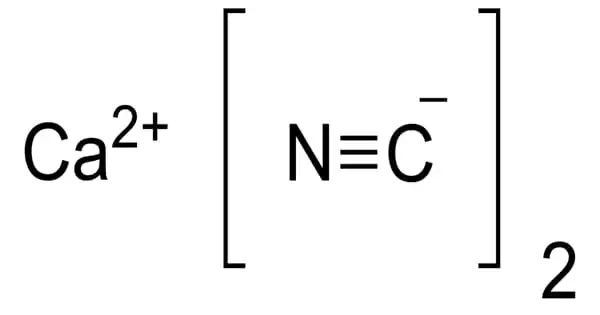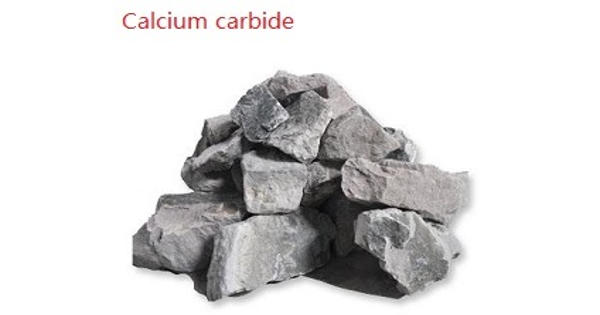Cadmium telluride (CdTe) is a stable crystalline compound formed from cadmium and tellurium. It is a chemical compound made up of cadmium (Cd) and tellurium (Te). It is mainly used as the semiconducting material in cadmium telluride photovoltaics and an infrared optical window. It is widely used in various applications, particularly in the field of solar energy and electronics. It is usually sandwiched with cadmium sulfide to form a p–n junction solar PV cell.
Properties
It is typically a crystalline solid that is brownish-yellow in color. It crystallizes in a cubic crystal structure, similar to zinc blende. It has a direct band gap of about 1.44 eV, which makes it efficient for solar cell applications. It has a high thermal conductivity compared to other semiconductors.
- Chemical formula: CdTe
- Molar mass: 240.01 g/mol
- Density: 5.85 g·cm−3
- Melting point: 1,041 °C (1,906 °F; 1,314 K)
- Boiling point: 1,050 °C (1,920 °F; 1,320 K)
- Solubility in water: insoluble
- Solubility in other solvents: insoluble
- Band gap: 1.5 eV (@300 K, direct)
- Thermal conductivity: 6.2 W·m/m2·K at 293 K
Applications
CdTe is used to make thin film solar cells, accounting for about 8% of all solar cells installed in 2011. They are among the lowest-cost types of solar cell, although a comparison of total installed cost depends on installation size and many other factors, and has changed rapidly from year to year. The CdTe solar cell market is dominated by First Solar. In 2011, around 2 GWp of CdTe solar cells were produced; For more details and discussion see cadmium telluride photovoltaics.
CdTe can be alloyed with mercury to make a versatile infrared detector material (HgCdTe). CdTe alloyed with a small amount of zinc makes an excellent solid-state X-ray and gamma ray detector (CdZnTe).
Advantages of CdTe in Solar Energy
- Cost-Effective: CdTe solar cells are cheaper to produce than traditional silicon-based solar cells because they require less material and simpler manufacturing processes.
- High Efficiency: CdTe-based solar cells can achieve conversion efficiencies of over 22%, which makes them competitive with other thin-film technologies like copper indium gallium selenide (CIGS).
- Low Energy Requirements: The production of CdTe panels requires less energy compared to silicon-based panels, making them more energy-efficient during manufacturing.
Environmental and Health Concerns
- Toxicity: Cadmium is a toxic heavy metal, and its presence in CdTe raises environmental concerns, especially when panels are disposed of improperly.
- Recycling Challenges: Recycling cadmium-containing materials poses challenges, though there have been efforts to develop better recycling methods for CdTe solar panels.
















